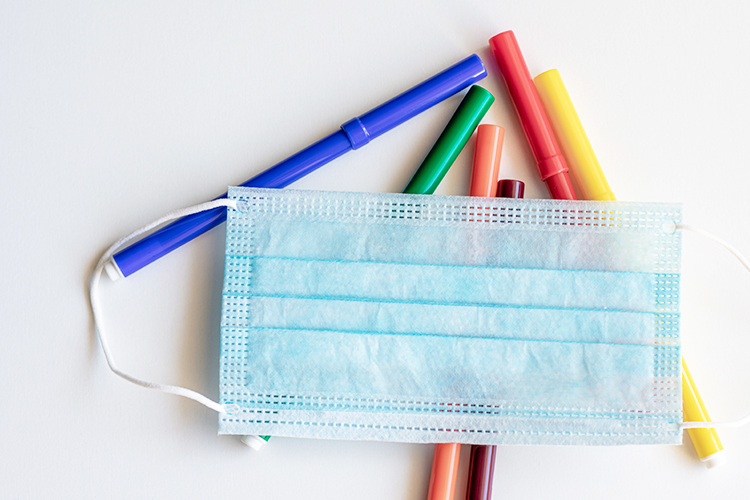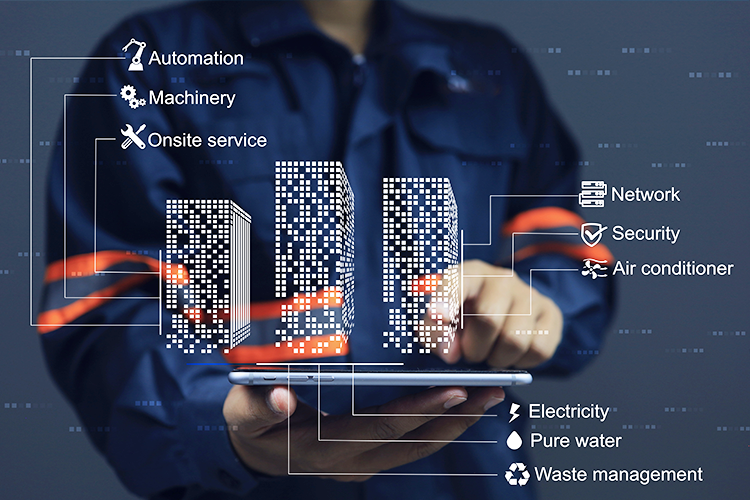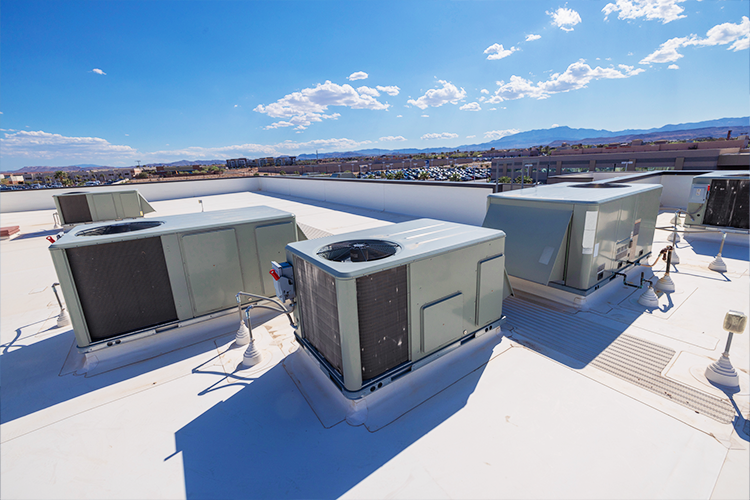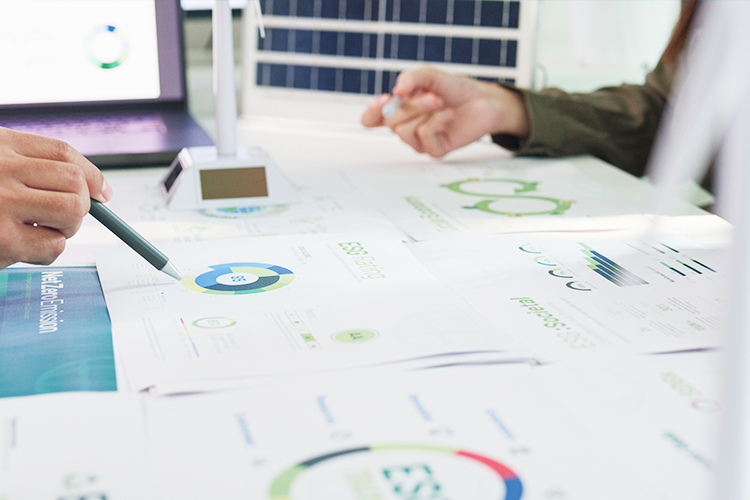UV-C Lighting: Two Consistent, Convenient Approaches to COVID-19 Disinfection
August 5, 2020
The COVID-19 pandemic means I have more to take with me when I leave the house. In addition to the standard wallet and keys, I now carry a mask…and a pen.
To me the pen has become the symbol of how inconsistent COVID-19 safety practices can be. I’ve been places where I’ve been asked to wear a mask, have my temperature checked, use hand sanitizer and wait in socially distanced lines, only then to be asked to use a lone pen, which is not wiped down between users, to sign for credit card transactions.
From the time you enter a store you can see the varied approaches employees use to administer chemical sprays to shopping carts and check-out conveyor belts. While these steps are well intentioned, they highlight the same inconsistencies the pen presents.
Sometimes sprays are wiped on check-out lanes, other times not. Shopping carts may be disinfected after a customer checks out and others are wiped down when they are returned from the parking lot. Everyone does it differently and ultimately no one really knows how much spray needs to be used or how long it needs to be wiped to be effective.
This inconsistency may come from the two battles retailers, health care providers and industrial operations are waging against the virus. First, they want customers, employees, patients and visitors to feel safe in their environments.
People want the peace of mind that comes from seeing carts sprayed and wiped, seeing signs indicating that patient care rooms have been sanitized prior to their use and having the ability to shelter behind plexiglass in their places of employment.
The second battle is providing actual safety. In the early days of the pandemic the focus was on contaminated surfaces and objects. This fomite transmission varies based on the surface type, the concentration of COVID-19, and success of transmission, which us usually by touching the surface and then touching the mouth, nose or eyes.
Since then the focus seems to be on airborne transmission with the WHO confirming in July that there is strong evidence suggesting the virus can also spread through tiny particles that float around for hours after people talk or breathe, especially in settings that are enclosed or crowded like bars, restaurants and public transport.
Ultraviolet light technologies with wavelengths between 200 – 280 nanometers (UV-C) have been around for decades and may be the best approach to consistently and effectively help businesses both make people feel safe and promote actual safety, especially for this pandemic.
Because the COVID-19 virus is new, the scientific community is making quick strides towards determining the specific dosage of UV-C light needed to deactivate the virus. Earlier this summer, the National Emerging Infectious Diseases Laboratories (NEIDL) at Boston University and Signify announced the results of a study concluding that a 5mJ/cm2 dose of UV-C radiation resulted in a reduction of the SARS-CoV-2 virus of 99% in six seconds. Based on this data, it was determined that a dose of 22mJ/cm2 will deactivate the virus by reducing it by 99.9999% in 25 seconds.
While researchers will undoubtedly perform more studies to validate these findings, there are two UV-C applications, conveyer belt cleaning and upper air chamber treatment, that have been around for decades and can be deployed safely by industries that have not traditionally used them.
Conveyer Belt Cleaning
From my perspective, the discount/grocery store check-out lane is a logical evolution of using UV-C in food processing applications.
Long used to combat salmonella, listeria and E. coli and to improve the shelf life of food products, UV-C light cleaners are affixed to the underside of conveyer belts where the light is applied consistently to the belt as it passes.
The UV-C light can be installed inside a check-out lane cabinet so that it can safely disinfect the check-out lane, the harmful rays kept away and human eyes and skin. This retrofit solution alleviates the need for clerks to spray and wipe the belt between customers.
Upper Air Chamber UV-C Treatment
Since the 1960s, health care facilities, prisons and government buildings have used upper air chamber UV-C lighting applications in their HVAC systems. As air enters the chamber it is disinfected by the light before being pushed back into circulation for the room, reducing airborne and bio-aerosol transmission of bacteria, viruses and fungi.
The fixtures are mounted several feet above the heads of occupants and incorporate adjustable louvers that safely direct UV-C light. Multiple fixtures can be used to cover large areas and can last for about two years of continuous use.
Both solutions allow you to automate the process based on science and math, providing a convenient and consistent approach to disinfection that optimizes the value to public health, much in the way we seek to maximize energy savings and light performance.
While UV-C conveyer belt and upper air chamber cleaners are not visible to customers, employees, patients or other visitors in the space, we are taking a page from the energy efficiency playbook, working with customers to help them share their approach to protecting public health with everything from decals to content for their sustainability reports.
COVID-19 may have accelerated the public’s expectations for public health precautions, but it will likely remain even after the pandemic subsides. Simply put: It is going to be a long time before I leave home without a pen.
Aakash Chandarana is EMC’s Director of Advanced Development. His team helps customers realize the value of their existing investments and understand, navigate and implement smart building and IoT technologies. Previously, Chandarana was Vice President of Commercial and Industrial Customer Solutions at Xcel Energy where he was responsible for developing, implementing and managing products and services, including energy efficiency initiatives for medium to large business customers. He holds degrees in business management and biology as well as a law degree from Washington University in St. Louis, Missouri.


